When I’m first invited to a sojourn in Madrid to learn about the life and work of Francisco Goya and the conservation work of Factum Arte, I’m thrilled but also a little apprehensive. While art-themed travel is right up my street and I live a mere train trip from the Spanish capital, Goya’s work is known for being a little, well, dark – particularly during his later years. As a fan of the Botticellis of this world, spending a few days with the artist famous for his “black paintings” was not something I was sure I’d enjoy.
And yet, three days later, as I stand in front of Goya’s grave in La Ermita de San Antonio de la Florida, I find myself moved in a way I never could’ve anticipated. The whole experience is being curated by the travel company the Luminaire, founded by Adam Sebba and run alongside Nicholas Priest, with the stated aim of reviving the cultural retreat. Other snazzy getaways include Champagne tastings in a 300-year-old private cellar in France, training one-on-one in the art of the Samurai in Japan, or horology in Switzerland.
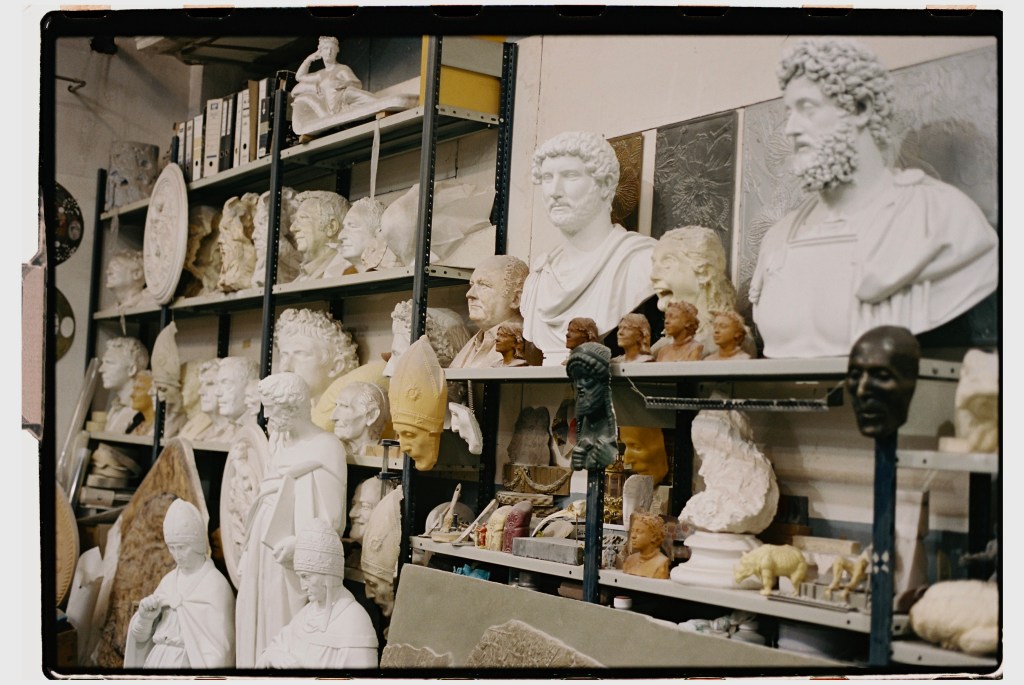
Arriving at Madrid station, I’m met by the chicest car I’ve ever stepped into – a Mandarin Oriental fit-out of a Mercedes Maybach. Well, that’s one way to set a tone for the next few days. A short drive later and I’m greeted by the sartorially stunning team of the Mandarin Oriental Ritz, now considered one of the country’s most beautiful hotels since its $163 million refurbishment in 2023. My room is more of a small apartment and overlooks the front of the Prado Museum. A chilled bottle of Prosecco on the table, a bathroom with the most sumptuous marble bathtub and personalized, monogrammed linen on the bed. I settle in and head downstairs to meet Nicholas and some of the Luminaire team for lunch in their garden restaurant, which turns out to be a delicious mélange of flavors and the perfect start to a day of gallery-hopping.
Meeting the team at the Factum Arte is an education. To be honest, before heading into their workshop, I’m not entirely sure what it is they do. Their field is in conservation and restoration – but also recreations of famous pieces that are almost impossible to tell from the originals. I ask their project director, Carlos Bayod Lucini, if, like a lab-created diamond, there is stigma about a piece that isn’t the original. I find that my question hangs in the air. My first instinct is that even a great copy is still a copy, but who knows. Being allowed behind the scenes in their workshop is a thrill, although much of their work is being done privately and so I’m limited in what pictures I can take.
Next up is the Prado, a gallery that I’ve not seen nearly enough of. We are taken on a whistle-stop tour of some of the most important works in the gallery. It’s my first time seeing Las Meninas by Velazquez and I’m blown away. We stumble upon art students with canvases on easels doing their own reproductions, and I start to wonder whether the work done in the Factum Arte reflects a natural urge: to see something beautiful and important from the past and to try and make our own version. Goya himself was something of a historian and conservationist, painting the great and terrible events of his day for the benefit of posterity.
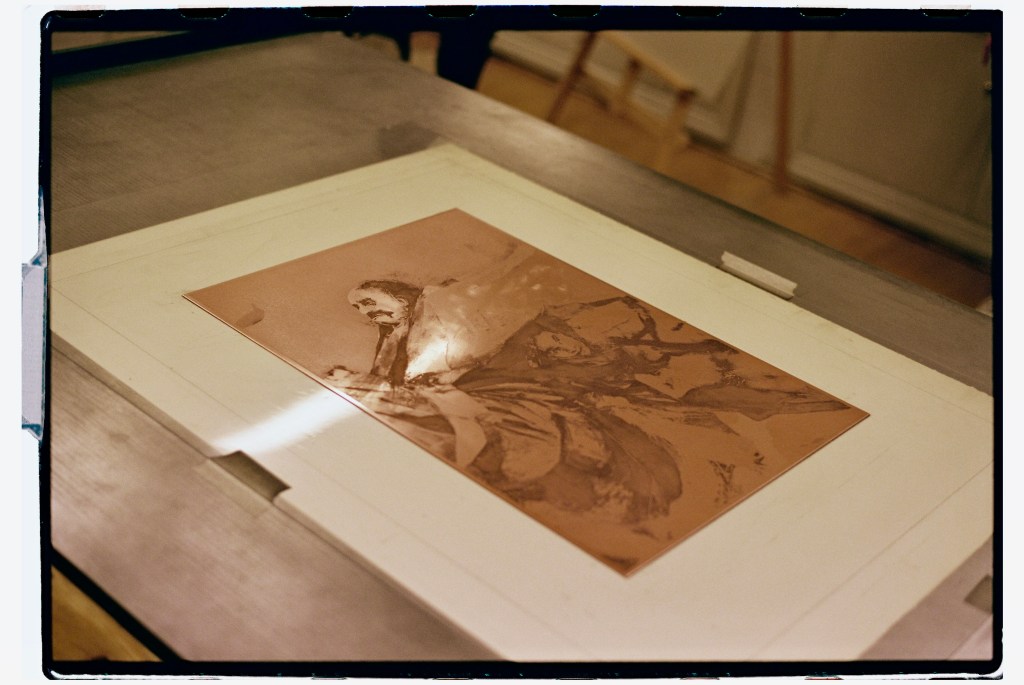
After a delicious dinner at the Mandarin’s Michelin star restaurant, where I indulge in my first ever scoop of caviar, I am gifted a tour of the kitchen. As a photographer and foodie, there are few things I love more than being in the belly of a stainless-steel beast like this. I come back to my room to a turned down bed, a small bottle of chilled vermouth and green Sicilian olives – my idea of heaven.
The next morning is spent at the Real Academia de Bellas Artes, where we are shown the largest collection of Goya’s copper engraving plates in Spain from the vaults of Calcografia Nacional. Goya’s use of innuendo in the naming of these engraved cartoons is genius, passing sly comment on royalty, the aristocracy, the Catholic Church, all without being so explicit as to get himself in trouble. By the end of his life he had even nabbed a plum job as portraitist to the royal family. The style of the cartoons is fascinating. Each piece is carved into the copper plate, in reverse, ready and able to be reproduced in multiples. Art for the masses. You can tell the team here are deeply proud of their collection. After passing through the display, our chaperone, the head of the museum, tells us that he understands if we need to sit down as he always finds the exhibit “moving and emotional”… there is something so endearingly vulnerable and emotionally articulate about the way the Spaniards speak about their art.
We are then whisked off to the Royal Tapestry Factory for a behind-the-scenes look at the exquisite work of their craftsmen and women. Tapestries from across the world are sent here to be cleaned with patented machinery and then lovingly reinforced and restored. From 15th-century European wall hangings to banners from Mecca, each piece takes days, weeks or even months of work, often requiring a level of attention to detail that would seem baffling to a layman. In one of their workshops, we see these experts’ hands at work on a tapestry, and it is the first time I’ve appreciated that a tapestry is actually created backwards, with each bobbin hanging in the reverse. My head is spinning just looking at the creations they are weaving together out of the chaos.
Spending a few days with the artist famous for his “black paintings” was not something I was sure I’d enjoy
In a change of pace for the afternoon, the travel company have booked me in for a facial at the hotel spa to “recover” from all the beauty. A pool with glittering chandeliers hanging overhead is where I wait to meet my facialist, and I leave feeling like a new woman. Truly, having someone gently pummel moisture into your face is one of life’s greatest pleasures.
For our final night we are treated to drinks at the Mandarin Oriental’s cocktail bar, and I elect to devote my night to their martini collection (away from my beloved Negroni). The interior is cozy without being pokey. A spot to return to when next in Madrid, to be sure.
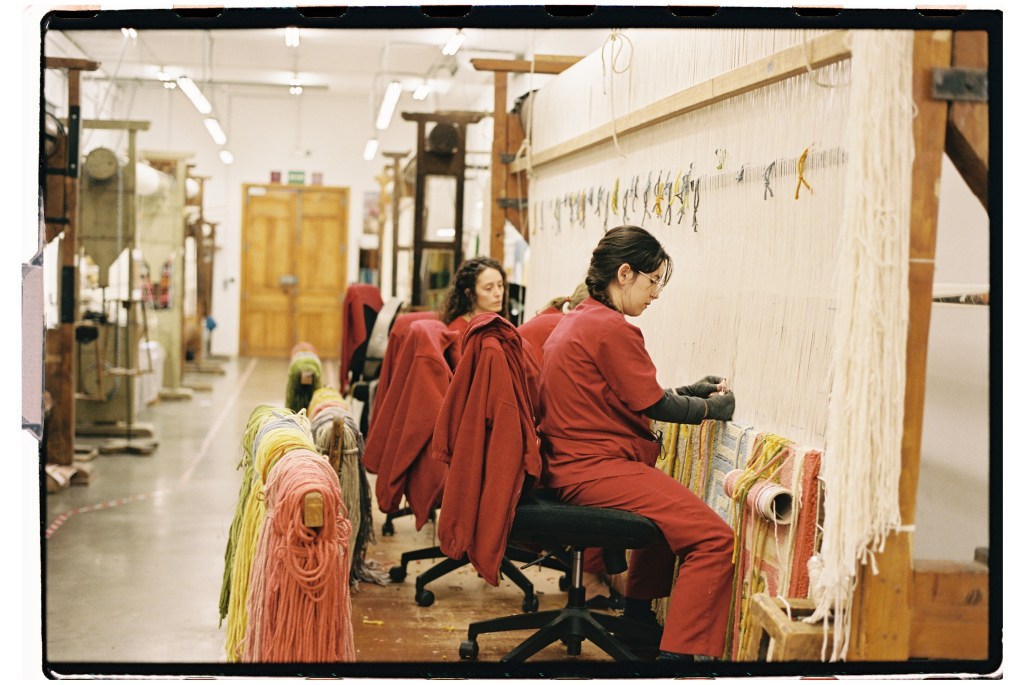
As the hours go on, or perhaps after a few martinis, I find myself musing on the positive aspects of the kind of replicas that the Factum Arte work up. Might we benefit from a Mona Lisa we could X-ray, giving us an insight into the layers of paint that lie beneath its surface? Might there in fact be some duty to history to recreate the 13-foot Colossus of Constantine and place it back in its original home (a current project of the Factum)? Would the museums of the world return international pieces faster if they could display replicas that were indistinguishable from the real thing? And what positive political effects could that have? Carlos hears me spitballing and winks at me, “Now you’re thinking like us.”
On our final visit, as I stand before Goya’s grave, I’m moved by the memory of a man I’ve only just “met” but feel I’ve grown to understand. When it comes time to leave, we wait outside for our private transfer. This was back in November, so the air was icy. For what’s been a scrupulously punctual tour, it’s curious that our transfer is late. As it would happen, a replica exists of Goya’s tomb about 50 miles down the road, one that is used for religious services, and that is where the transfers are waiting. I can’t help but laugh. Seems perfectly fitting, if you ask me.



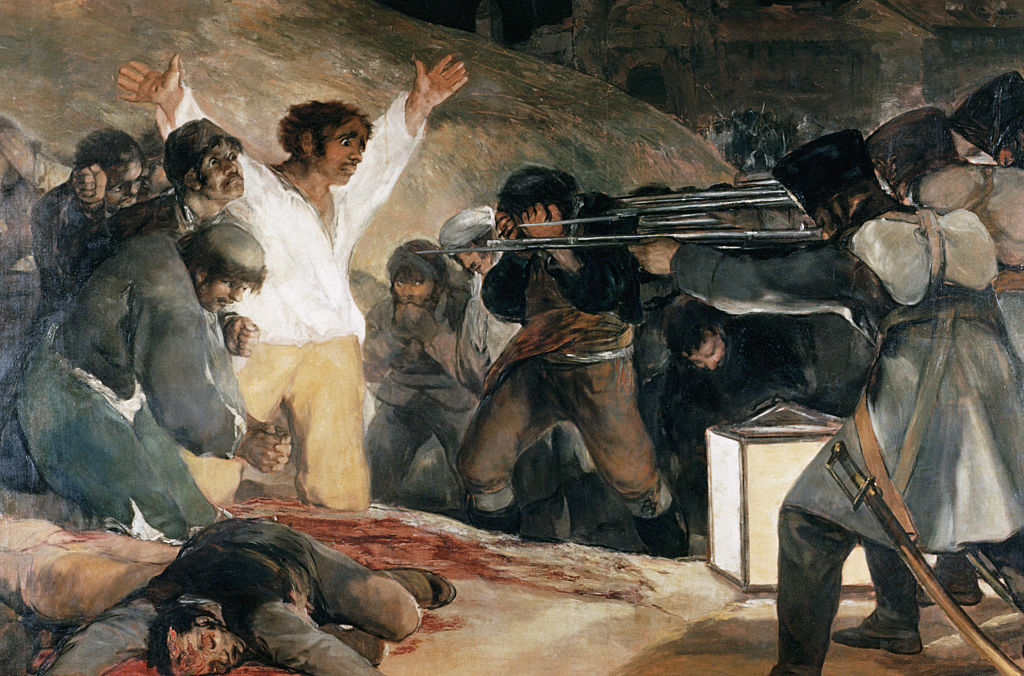







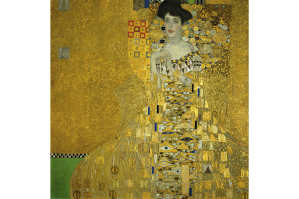
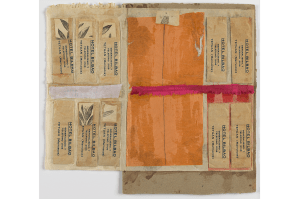
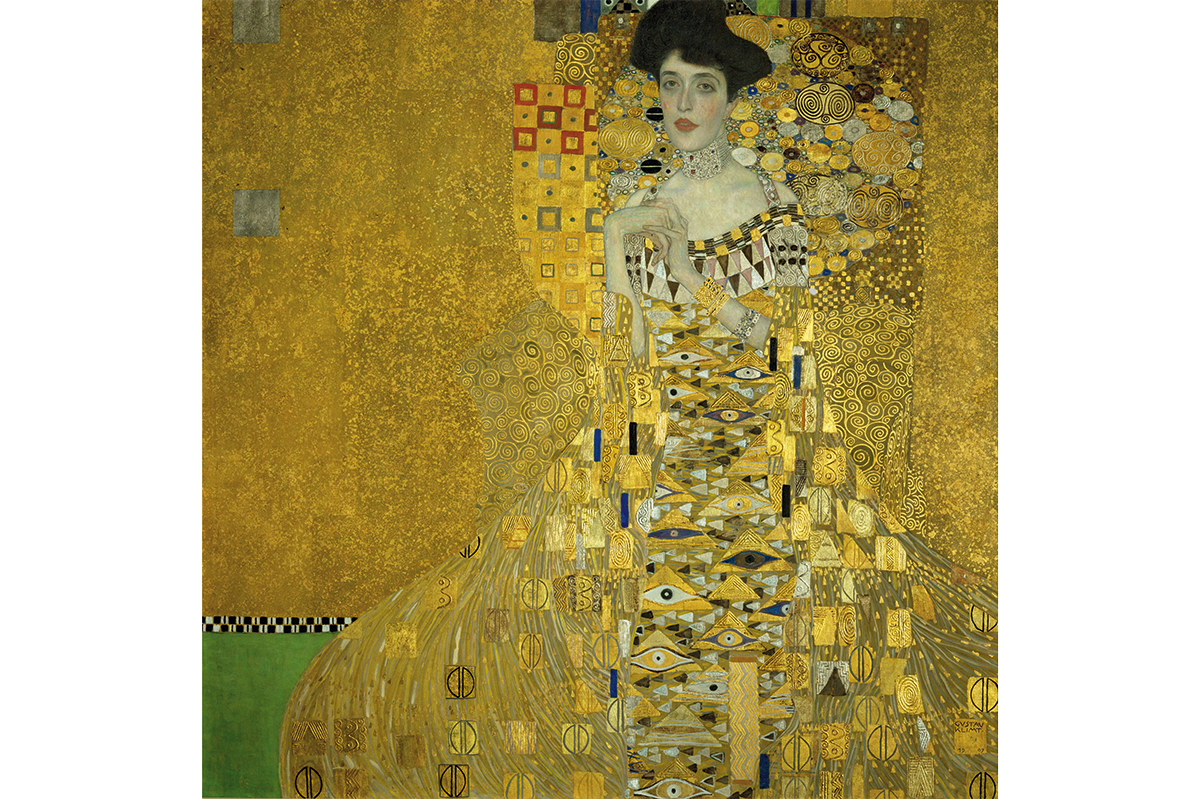
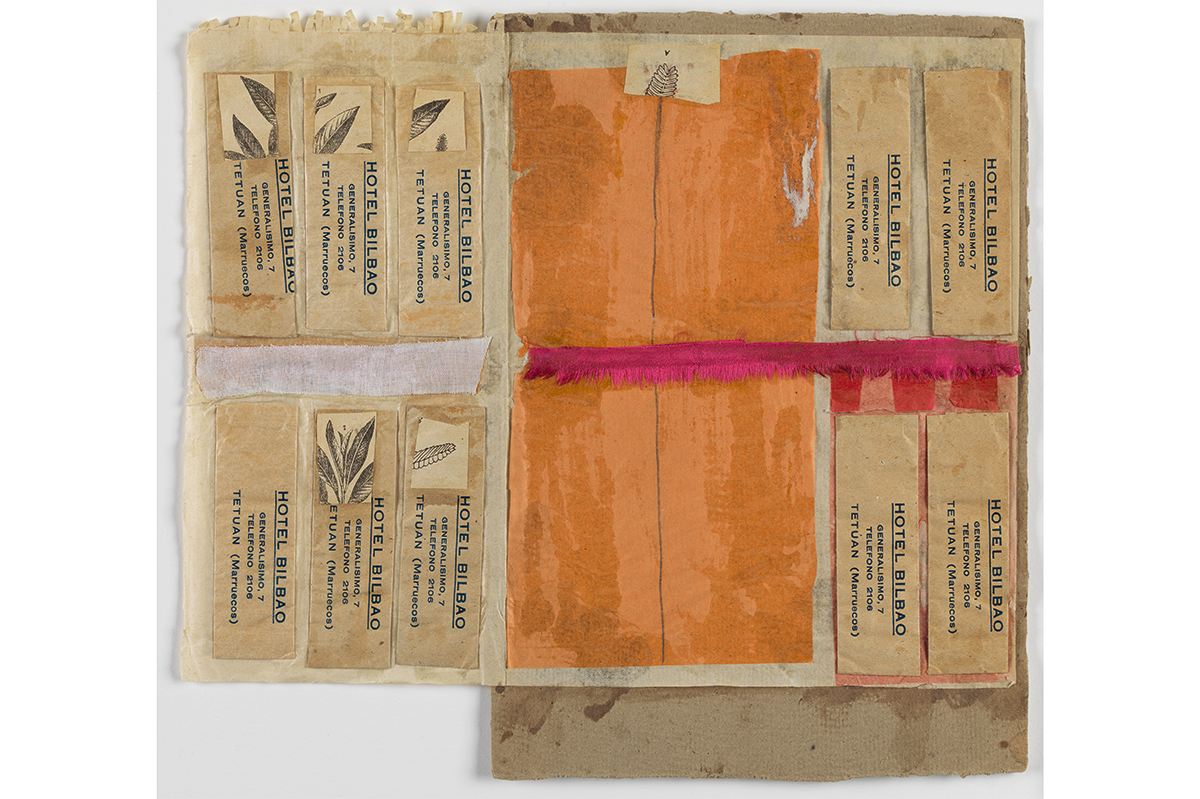
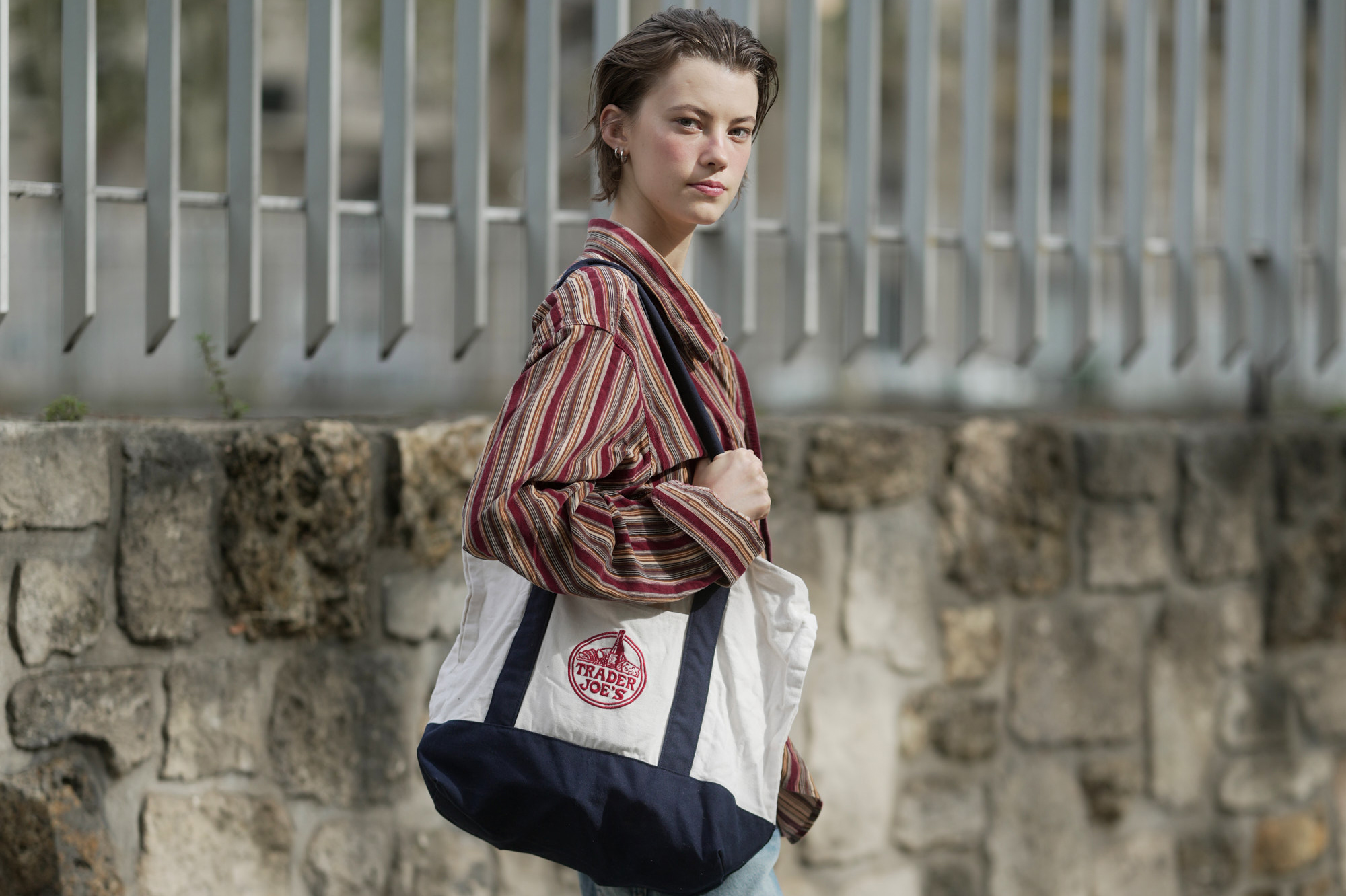
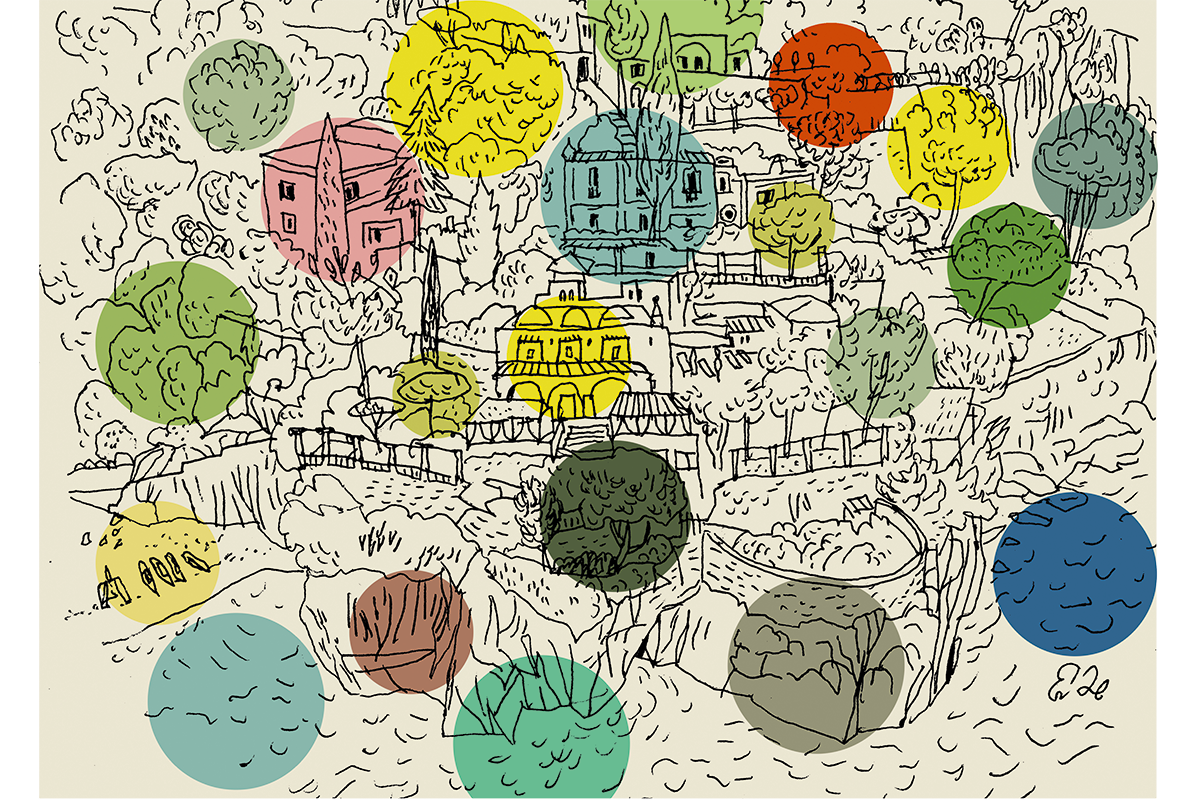
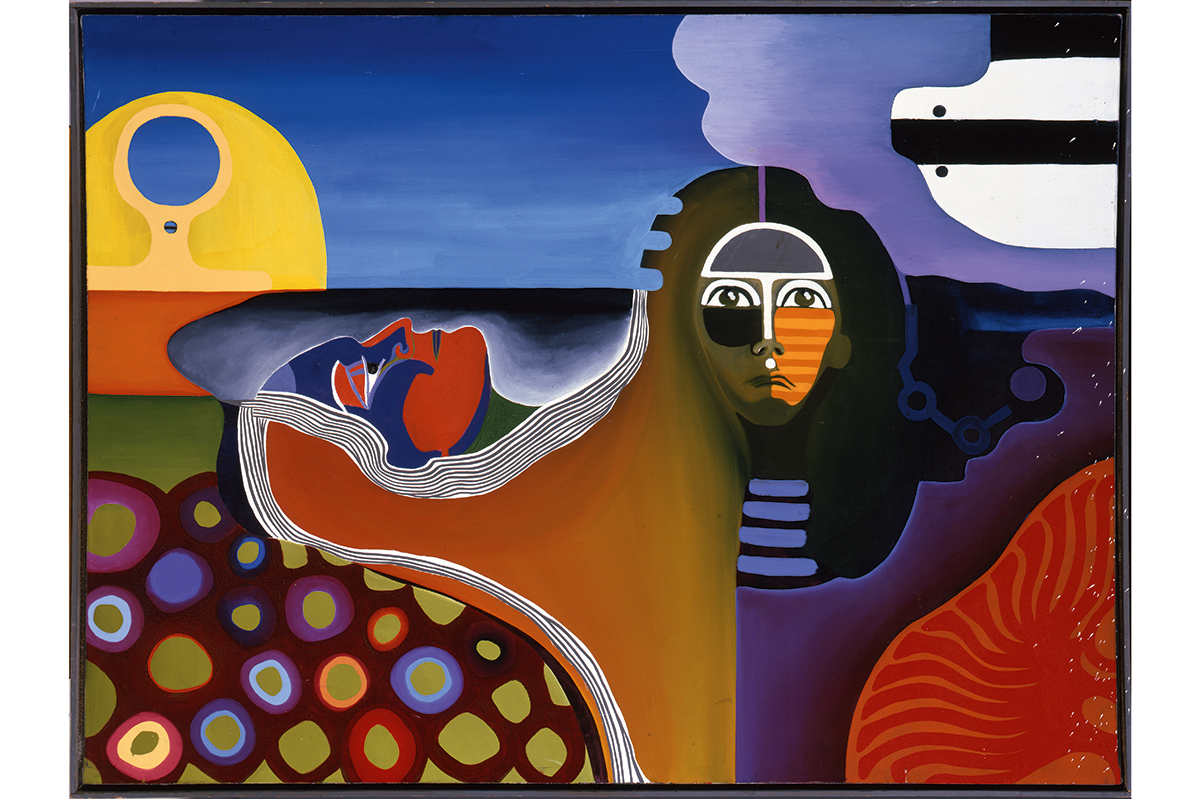
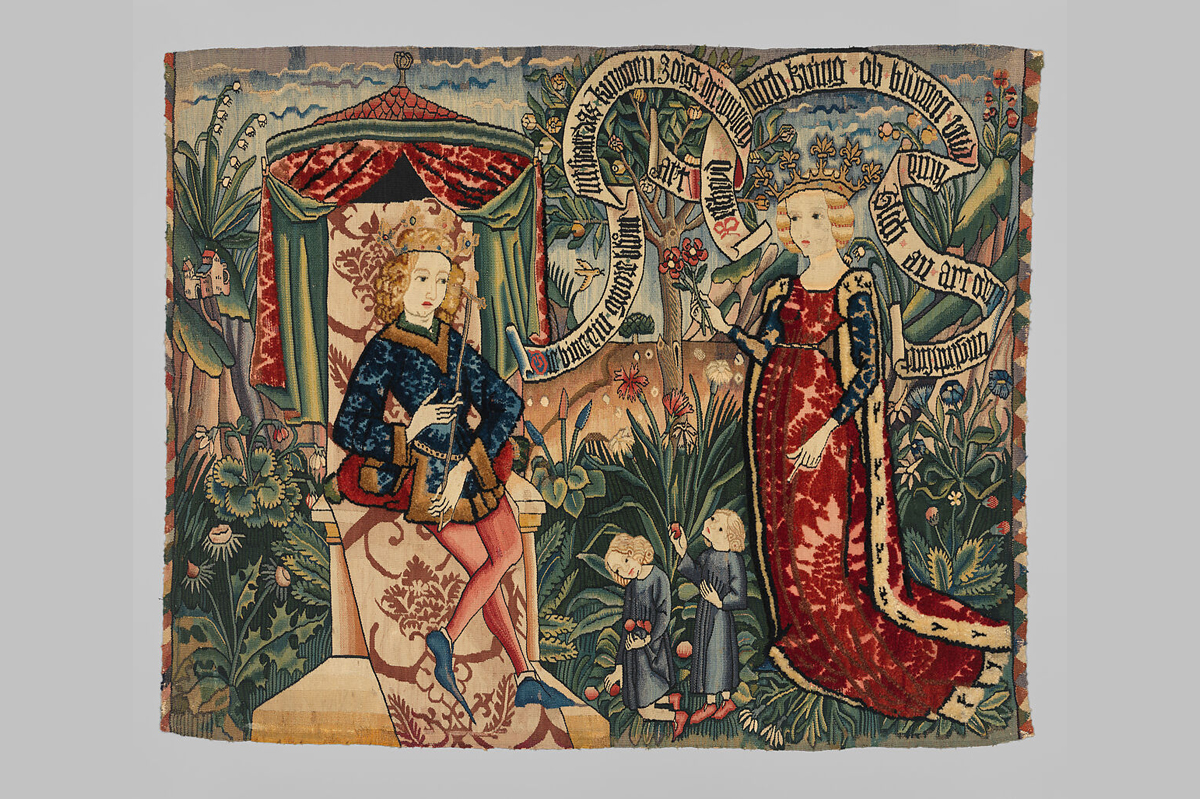




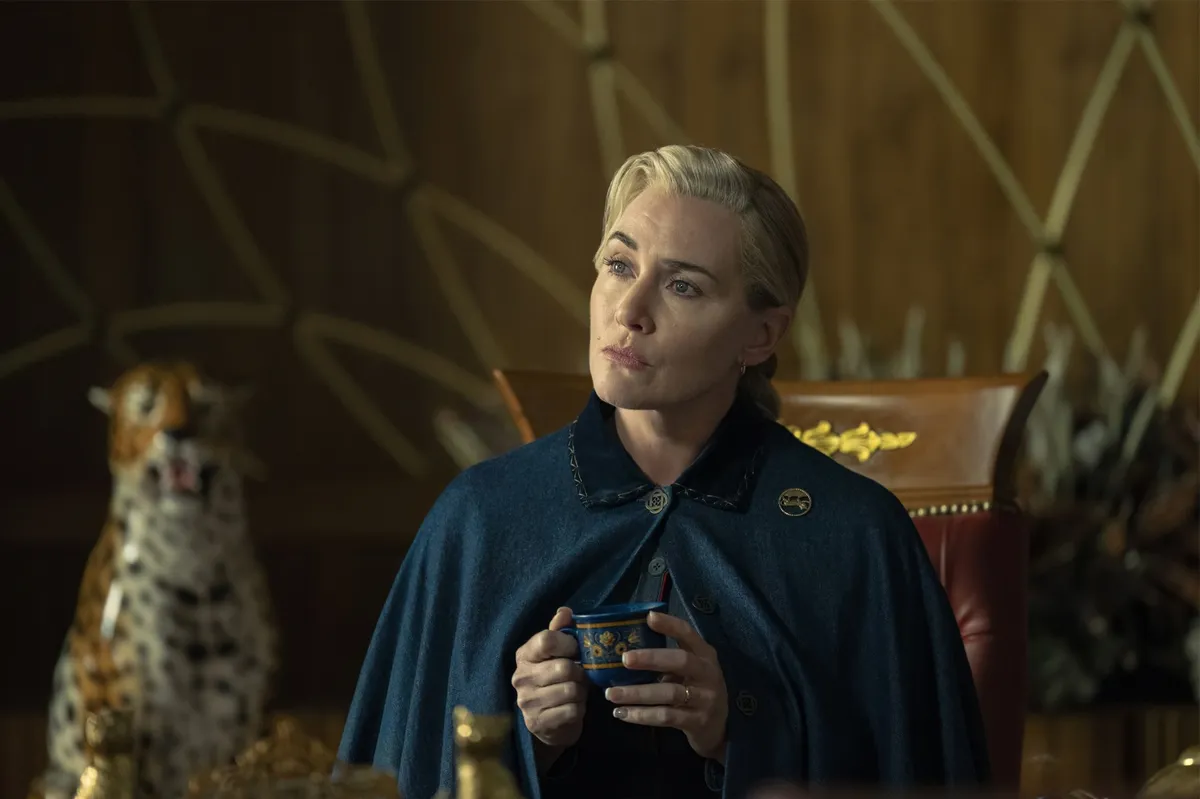
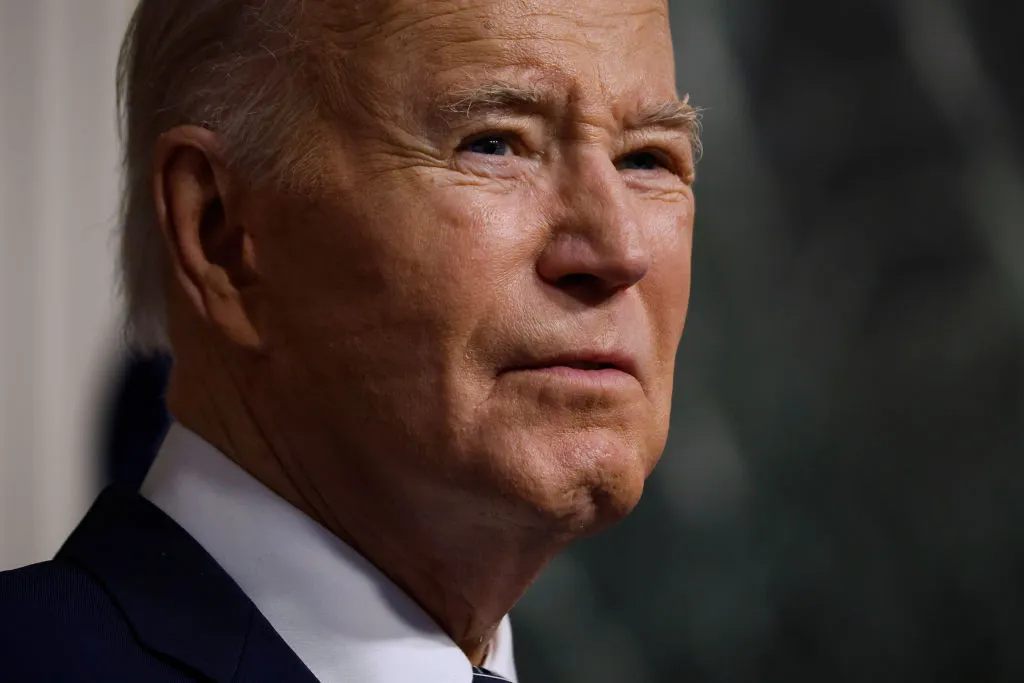

Leave a Reply